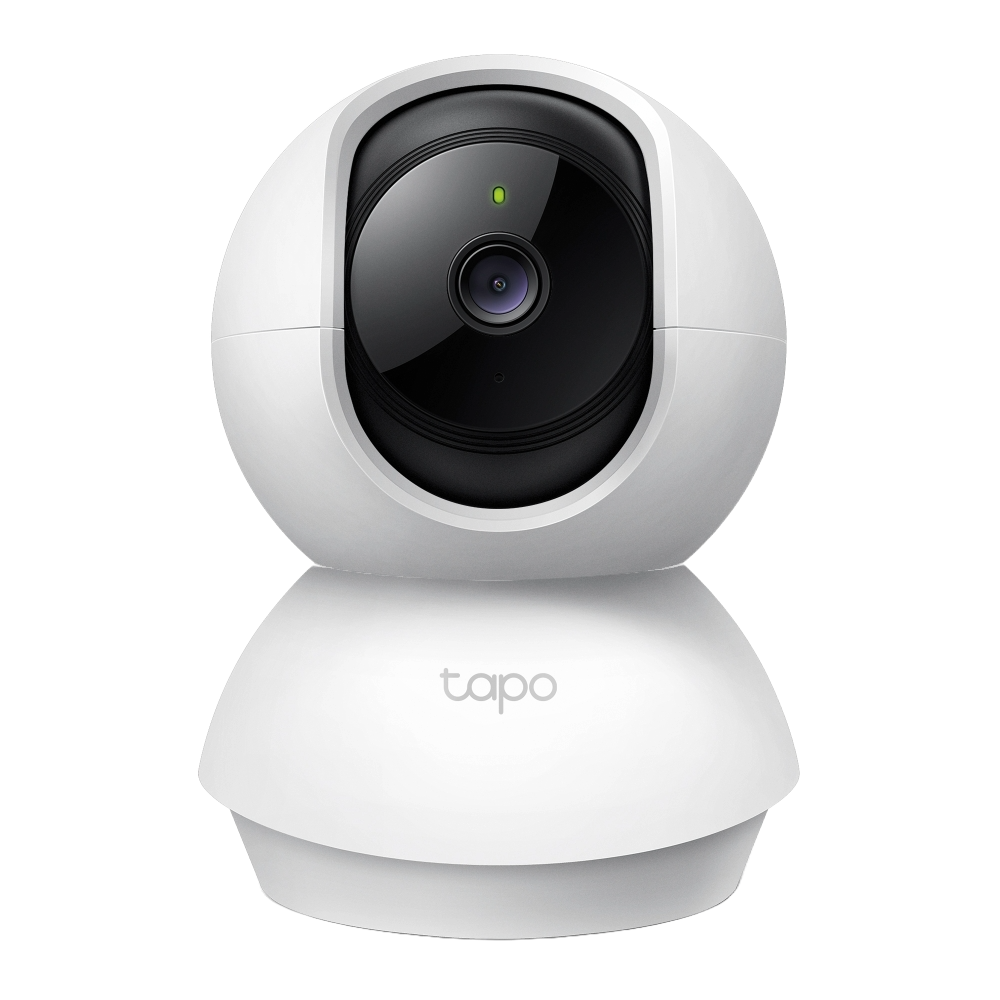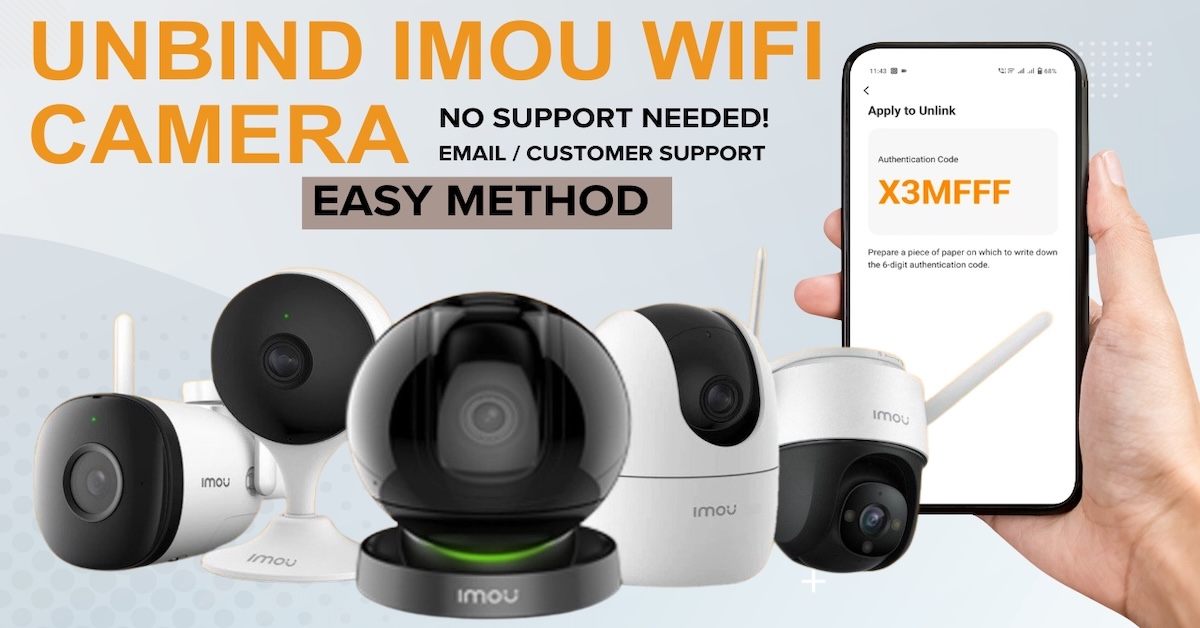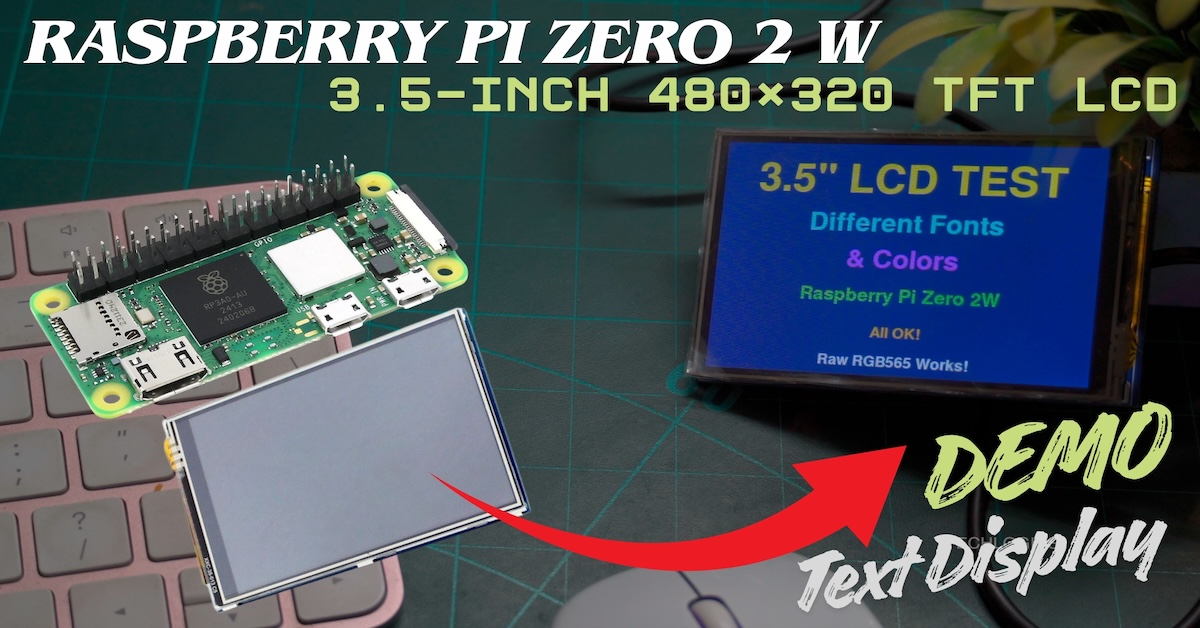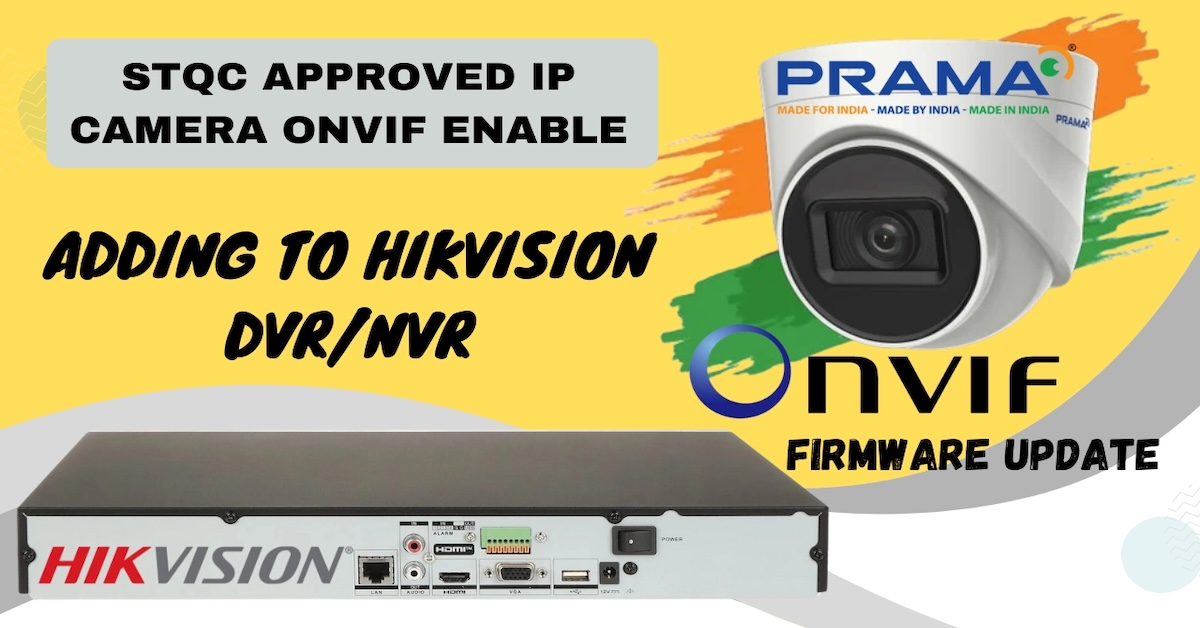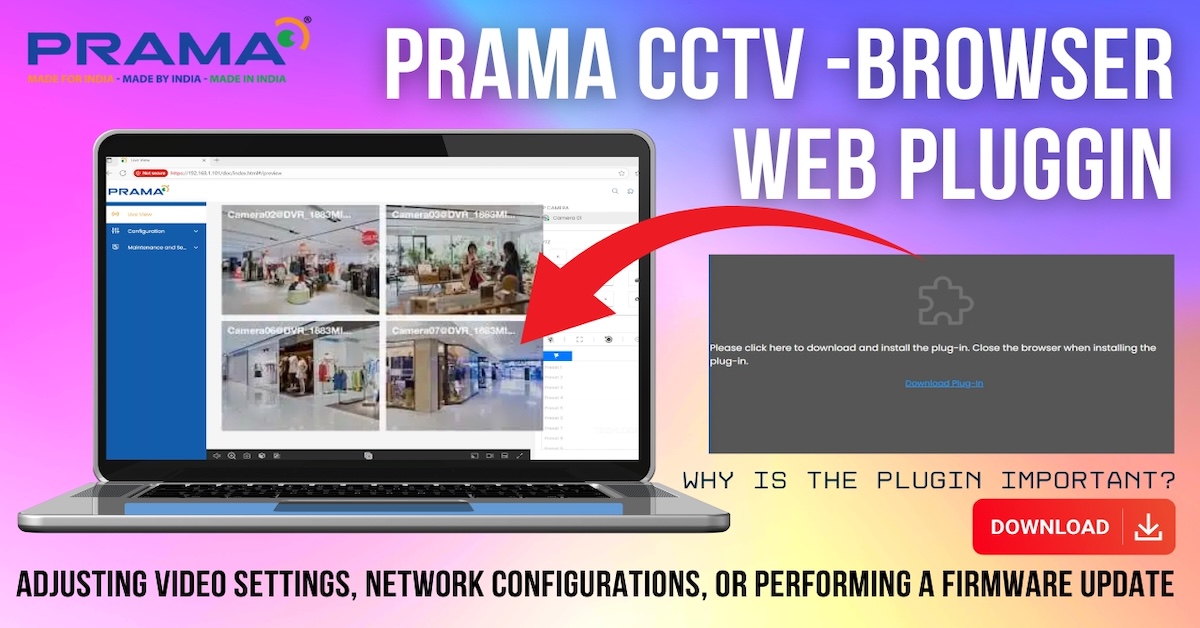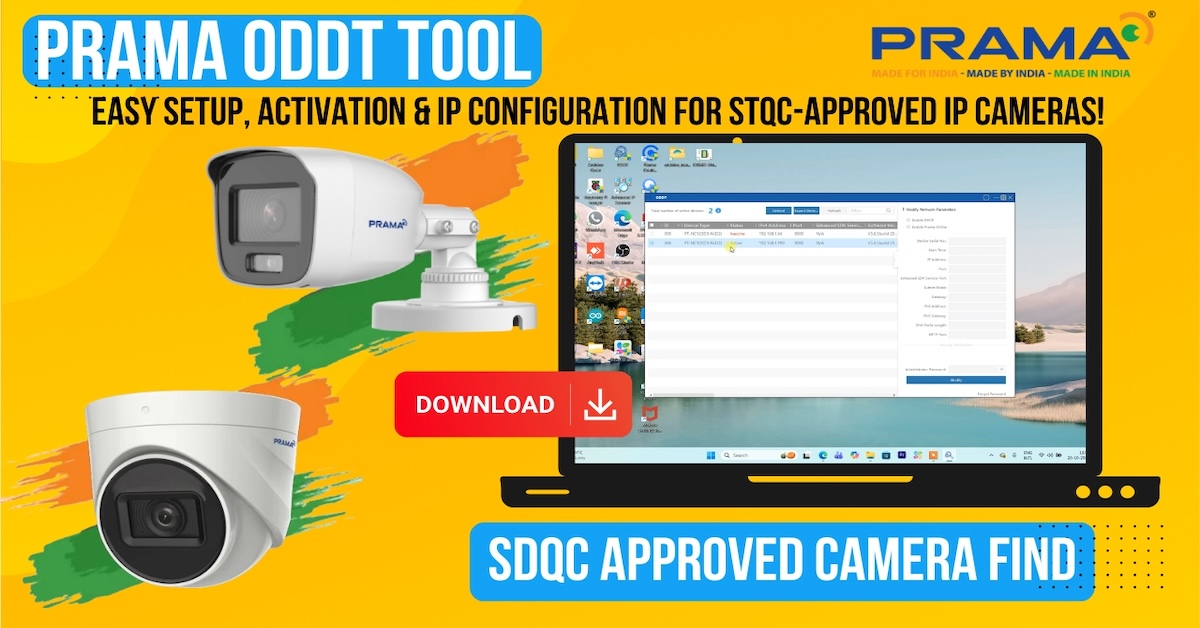In this tutorial, we’ll explore how to set up the 200-Meter IP HDMI KVM Extender, a device that allows you to extend both HDMI video and control signals (keyboard and mouse) over long distances using your existing Ethernet network. This extender supports multipoint and cascading connections, making it perfect for setups that require video to be displayed on multiple screens or remote control from different locations.
What’s in the Box?
Before starting, let’s unbox the KVM IP Extender package. Here’s what you’ll find inside:
- 1 Transmitter
- 1 Receiver
- Two 5V, 1A Power Adapters
- IR Cable for remote control
- USB Connectivity Cable
- User’s Manual to guide you through the setup process
Buy Online : 200-Meter IP HDMI KVM Extender
The Transmitter and Receiver work together to extend HDMI video and KVM signals over an Ethernet network, providing remote access to your devices, like DVRs or NVRs, from a distance of up to 200 meters.
What is a KVM IP Extender?
A KVM (Keyboard, Video, Mouse) IP Extender is a specialized device that allows you to send both HDMI video and KVM signals (keyboard and mouse) over an existing LAN (Local Area Network). Instead of using short HDMI or USB cables, this extender transmits these signals over the network, covering long distances of up to 200 meters, making it ideal for control rooms, office environments, data centers, or multi-room installations.
Additionally, the extender supports multipoint and cascading connections, which means you can connect multiple devices in a network, allowing video to be displayed on several screens while enabling control from different locations.
Two Ways to Connect the KVM IP Extender
There are two methods to set up your KVM IP extender with your CCTV system:
- Point-to-Point Connection (Direct Connection)
- Using a Network Switch for Longer Distances or Multiple Devices
Let’s go through both methods step-by-step:
Method 1: Point-to-Point Connection
This is the simplest setup, where the Transmitter and Receiver are directly connected using a Cat6 Ethernet cable.
Step 1: Setting Up the Transmitter
- Power Connection: Start by plugging in the provided DC power pin into the Transmitter’s power input port.
- HDMI Connection: Use a short HDMI cable to connect the HDMI output of your DVR or NVR (the recording device) to the HDMI input on the Transmitter.
- USB for Control: Connect a USB mouse to the DVR or NVR and plug the other end of the USB cable into the USB port on the Transmitter. This allows you to control the device remotely.
- Network Connection: Connect a Cat6 Ethernet cable to the Ethernet port on the Transmitter.
Once everything is connected, power on the Transmitter using the 5V power adapter.
Step 2: Setting Up the Receiver
- Power Connection: Plug in the DC power adapter into the Receiver’s power input to power it up.
- Network Connection: Take the other end of the Cat6 Ethernet cable from the Transmitter and plug it into the Ethernet port on the Receiver.
- Display Setup: Connect the Receiver to your TV or monitor via HDMI to display the video feed from your CCTV system.
- Remote Control Setup: If needed, connect a USB mouse to the Receiver to control your DVR or NVR from the display location.
Once everything is connected, the Link LED on both Transmitter and Receiver will light up, indicating that the devices are properly communicating. You can now remotely control and view your CCTV system from the Receiver’s display.




Method 2: Using a Network Switch for Longer Distances or Multiple Devices
This method is more flexible and ideal for larger setups. If you need to connect multiple Transmitters and Receivers over a larger network or increase the distance beyond the direct point-to-point limit, a network switch is required.
Step 1: Set Up a Network Switch
- Connect the Transmitter and Receiver to the Switch: Instead of connecting the Transmitter and Receiver directly, connect both devices to a network switch using Cat6 Ethernet cables.
- Power Connections: Power up both the Transmitter and Receiver with the provided 5V power adapters.
Step 2: Connect Additional Devices
If you need to connect multiple Transmitters or Receivers (for example, in control rooms or multi-screen setups), the network switch will manage the traffic between the devices. You can easily extend your system by adding more Transmitters or Receivers as needed.


Important Tips for Optimal Performance:
- Distance Limit: Keep the total distance between the Transmitter and Receiver within 200 meters for stable signal transmission.
- Network Switch Limitations: You can use up to two network switches between the Transmitter and Receiver. Adding more than two switches could lead to network congestion or signal degradation.
- PoE (Power over Ethernet): If you’re using a PoE switch, it can power the Transmitter and Receiver over the Ethernet cable, simplifying the setup by reducing the need for additional power adapters.
Why Use the KVM IP Extender?
This device is ideal for situations where you need to:
- Extend HDMI video and control over long distances (up to 200 meters).
- Manage and control multiple CCTV systems from a central location, such as in a control room or multi-room setup.
- Use your existing LAN network to extend video and KVM signals, reducing the need for expensive, long cables.
Additionally, with the multipoint cascading feature, you can manage video from several locations, which is perfect for video wall installations, monitoring stations, or conference rooms where video needs to be shown on several screens while remote control is required.

